PATTERNS OF FAITH
Tracing the Threads of Faith in Indonesian Batik

Fareyzi Maksum




Tracing the Threads of Faith in Indonesian Batik

Fareyzi Maksum



Indonesia is a country located in Southeast Asia. It consists of over 17,000 islands which makes it the world’s largest archipelago. It is known for its vast cultural, linguistic, and ecological diversity.
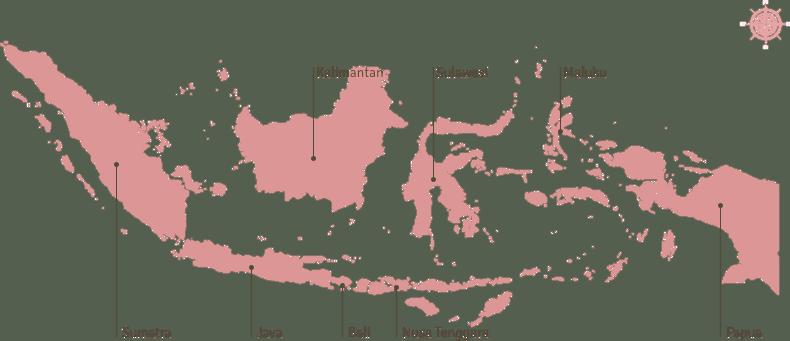
Indonesia’s history of religious and cultural exchange dates back centuries. Prior to the arrival of Islam, the region was shaped by Hinduism, Buddhism, and indigenous animist beliefs. However, the advent of Islam in the 13th century, particularly via trade routes, changed Indonesia's cultural landscape.
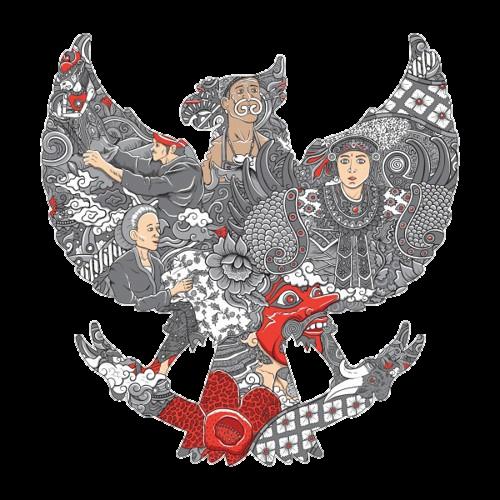
Islam gradually became deeply established in Indonesian society, notably in Java, Sumatra, and the Maluku Islands, where Muslim traders and missionaries played important roles in the spiritual and social lives of the locals. (Zainal)
traditional Indonesian art form and technique of decorating fabric using a wax-resist dyeing method. It involves applying molten wax to fabric to create patterns and designs, then dyeing the fabric. The wax prevents dye from coloring the covered areas, resulting in intricate and colorful patterns when the wax is removed.
Batik is deeply rooted in Indonesian culture, particularly in Java, where it holds historical and spiritual significance. It is used in traditional clothing, ceremonies, and even as a symbol of identity.
Hand-drawn Batik (Batik Tulis): Designs are manually drawn using a canting (a pen-like tool for applying wax).
Stamp Batik (Batik Cap): Patterns are stamped onto fabric using a copper stamp for faster production.
2 techniques:


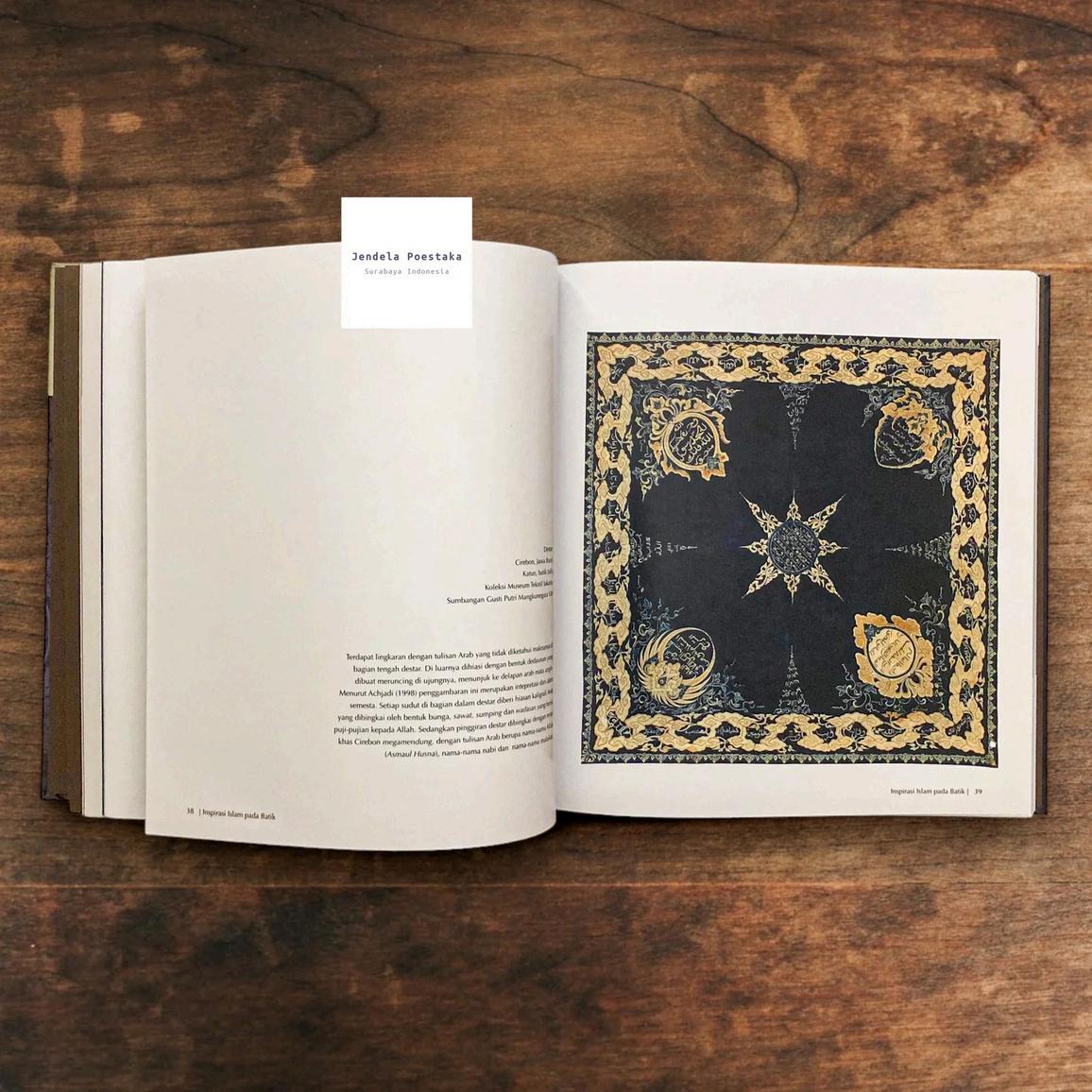

Traditional batik designs often feature symbolic patterns. Common motifs include nature (e.g., flowers, leaves), geometric shapes, and philosophical themes. Islamic influences can be seen in the avoidance of depictions of living beings, favoring abstract, geometric, and floral motifs. Different regions in Indonesia have distinct batik styles, such as Yogyakarta’s and Solo’s elaborate designs or Pekalongan’s vibrant, coastal influences.
Batik is used in daily life and formal events, including weddings, funerals, and religious ceremonies. In short, batik is everywhere
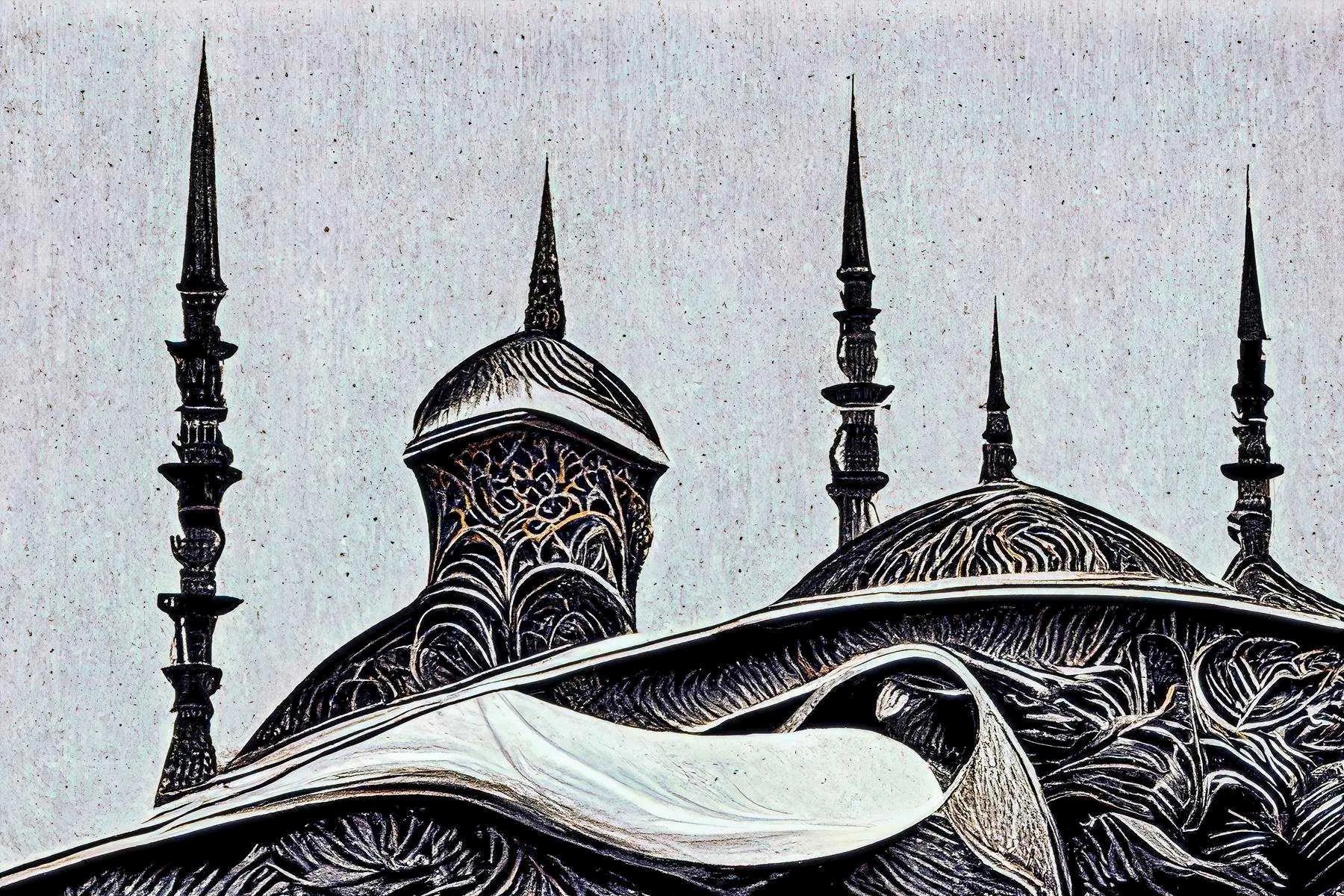
Islam shape its patterns, motifs, and cultural significance. As Islam spread across Indonesia from the 13th century onwards, it began to blend with existing traditions, including batik-making. This fusion of Islamic values with indigenous art forms led to unique developments in batik design and symbolism.
Geometric Patterns: Reflecting the symmetry and repetition common in Islamic art, these designs symbolize unity and infinity, echoing spiritual beliefs.
Calligraphy: Arabic script, including Quranic verses or phrases like Bismillah ("In the name of God"), appears subtly in some batik patterns, particularly those created for religious or ceremonial purposes.
Floral Designs: Stylized flowers and plants are common, symbolizing growth, life, and beauty in Islamic tradition.
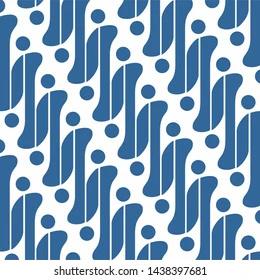
Parang Rusak


Islamic values emphasize modesty, spirituality, and harmony, which are often reflected in batik designs:
Patterns symbolize concepts like faith, humility, and devotion.
Certain motifs, such as Parang Rusak (a diagonal pattern), are interpreted through an Islamic lens as representing moral values and resistance against wrongdoing.

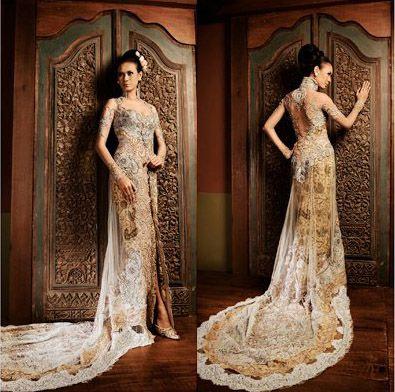
Batik is used in Islamic ceremonies, such as weddings and funerals, symbolizing blessings and spiritual connections.
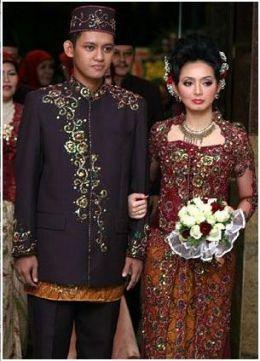
Batik (Pesisir): Coastal regions like Pekalongan and Cirebon, which were early hubs for Islamic trade, showcase vibrant batik with clear Islamic influences, including arabesques and Persian-inspired designs.
Batik (Keraton): Batik from royal courts (e.g., Yogyakarta, Solo) often combines Islamic values with traditional Javanese aesthetics, resulting in elegant and symbolic patterns.
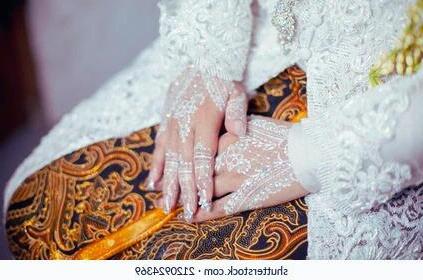

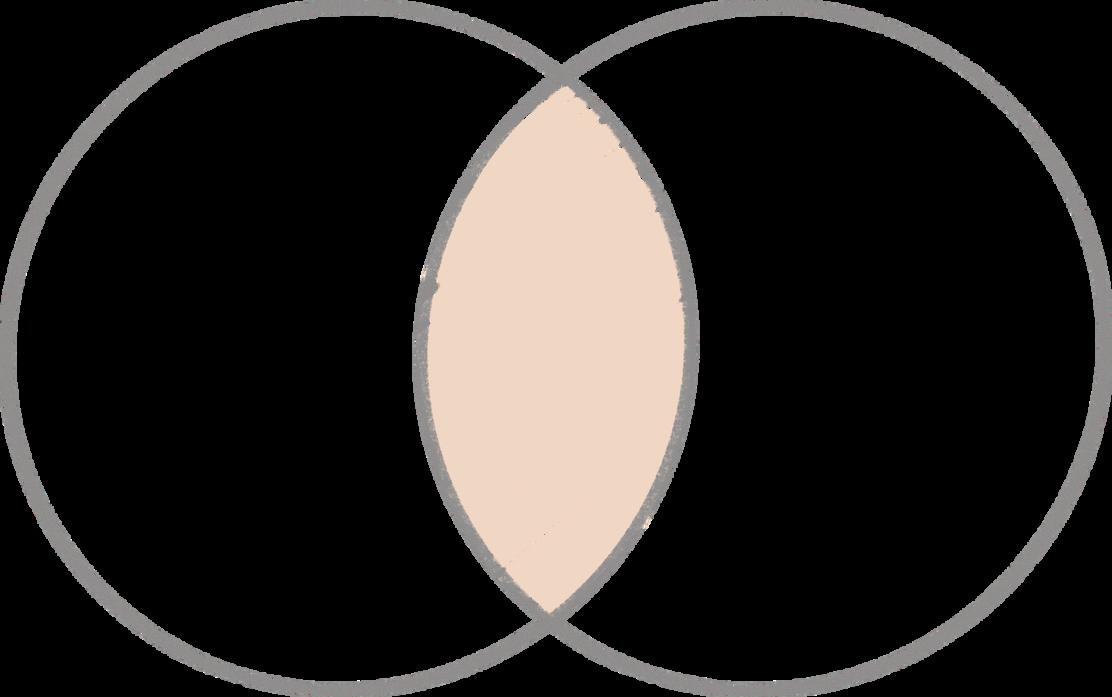
African batik tends to focus more on abstract shapes, bold colors, and symbolic representations of African identity, nature, or folklore
Colors are often bright and bold, including red, yellow, and green, reflecting African cultural vibrancy and symbolism
Batik in Africa is a reflection of personal expression, identity, and empowerment, especially in the context of economic independence and cultural pride
Both use their own description of their own country wax made Represent different countries (Africa) or province (Indonesia)
Designs tend to be more intricate and often feature floral or geometric patterns, influenced by Islamic art (avoiding depictions of living beings).
The use of earthy tones, indigo, and natural dyes is prominent, with deep, rich colors that convey both elegance and spiritual meaning
Batik in Indonesia holds significant ceremonial and religious meaning, particularly for Islamic and Javanese cultural traditions
While Indonesian batik has a long history and strong Islamic influences, African batik reflects a diverse range of cultural, ethnic, and religious influences. Here are some key differences and similarities:





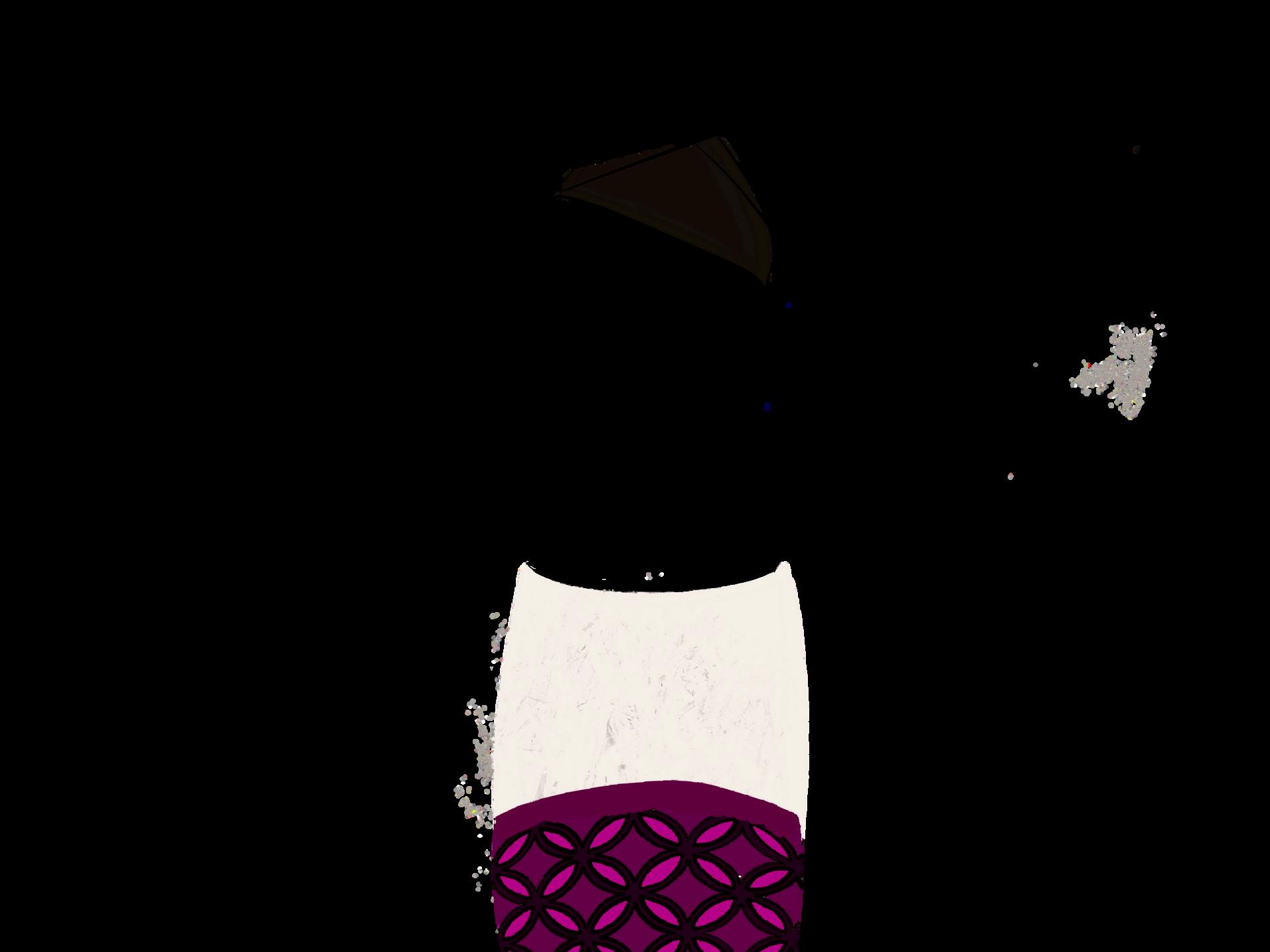

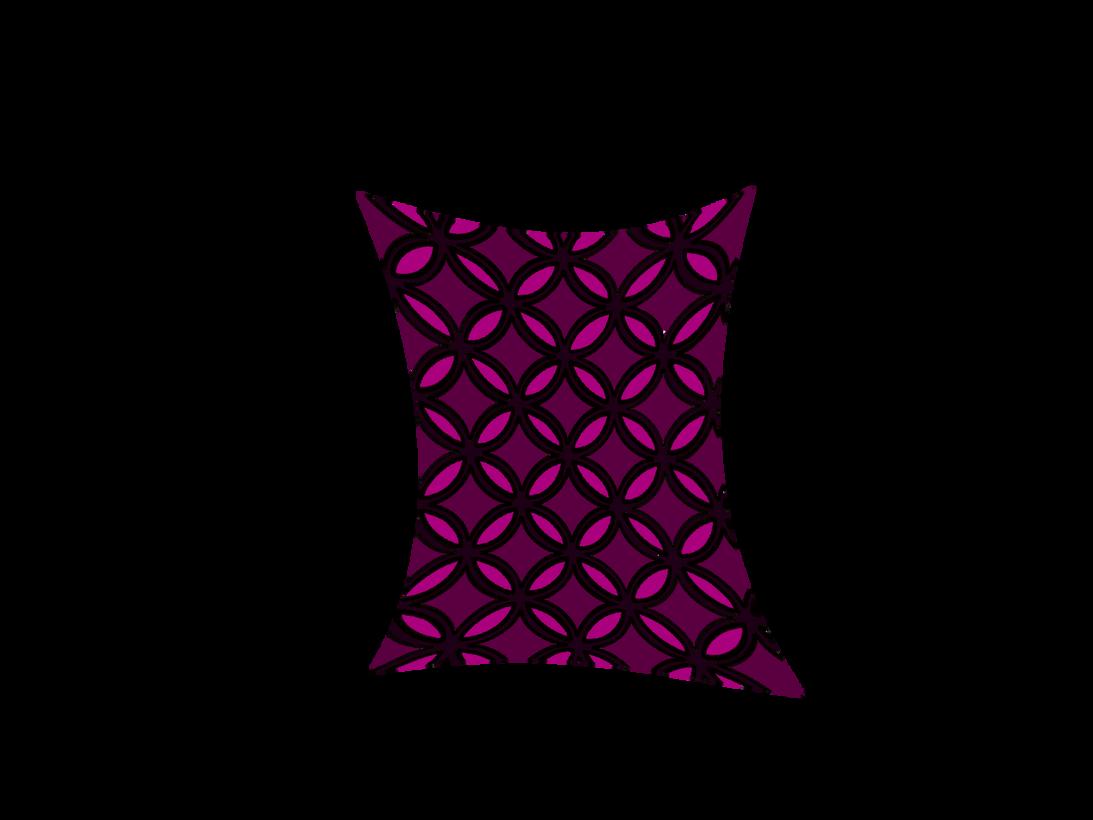

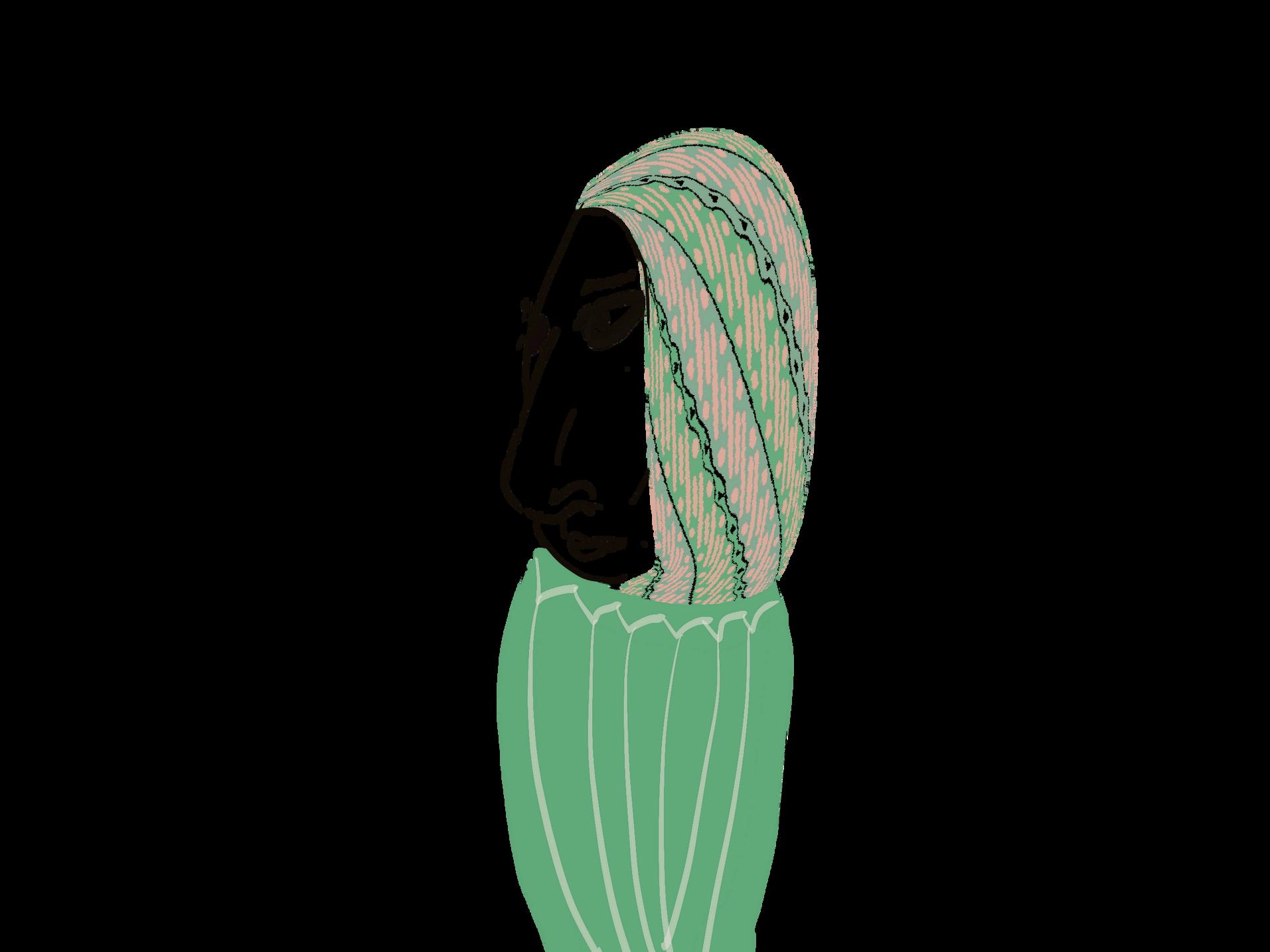





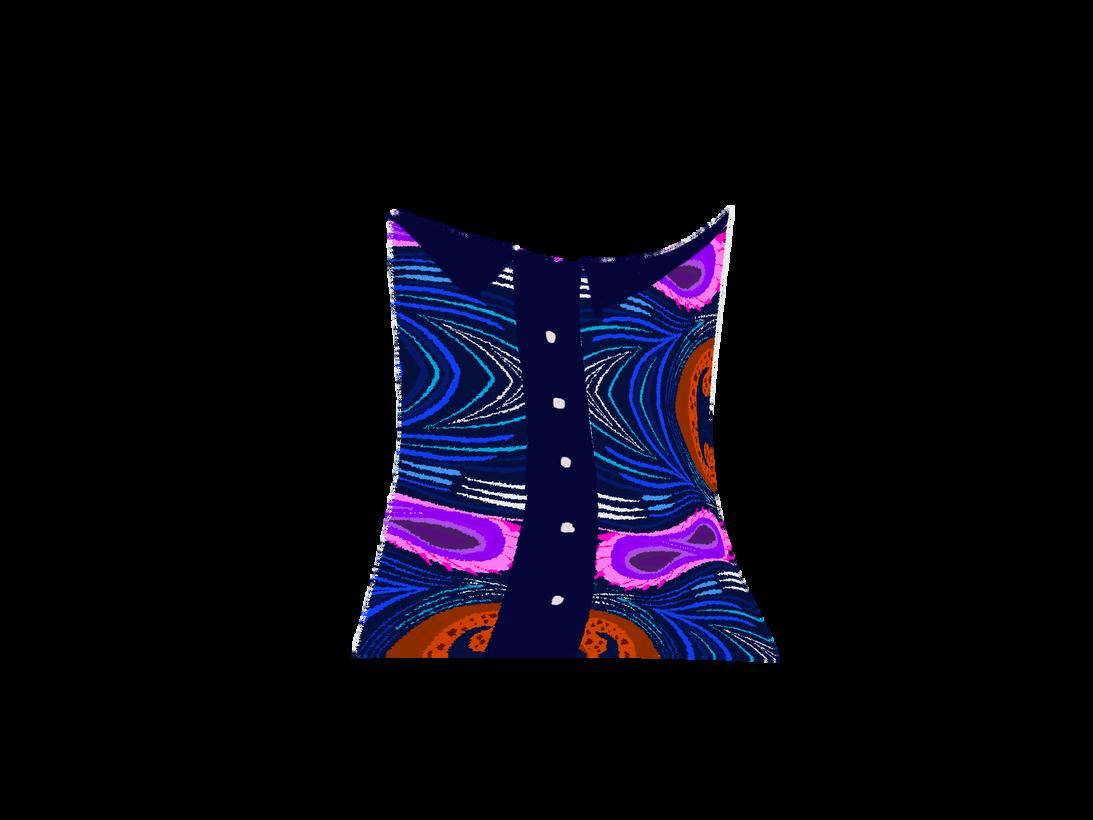

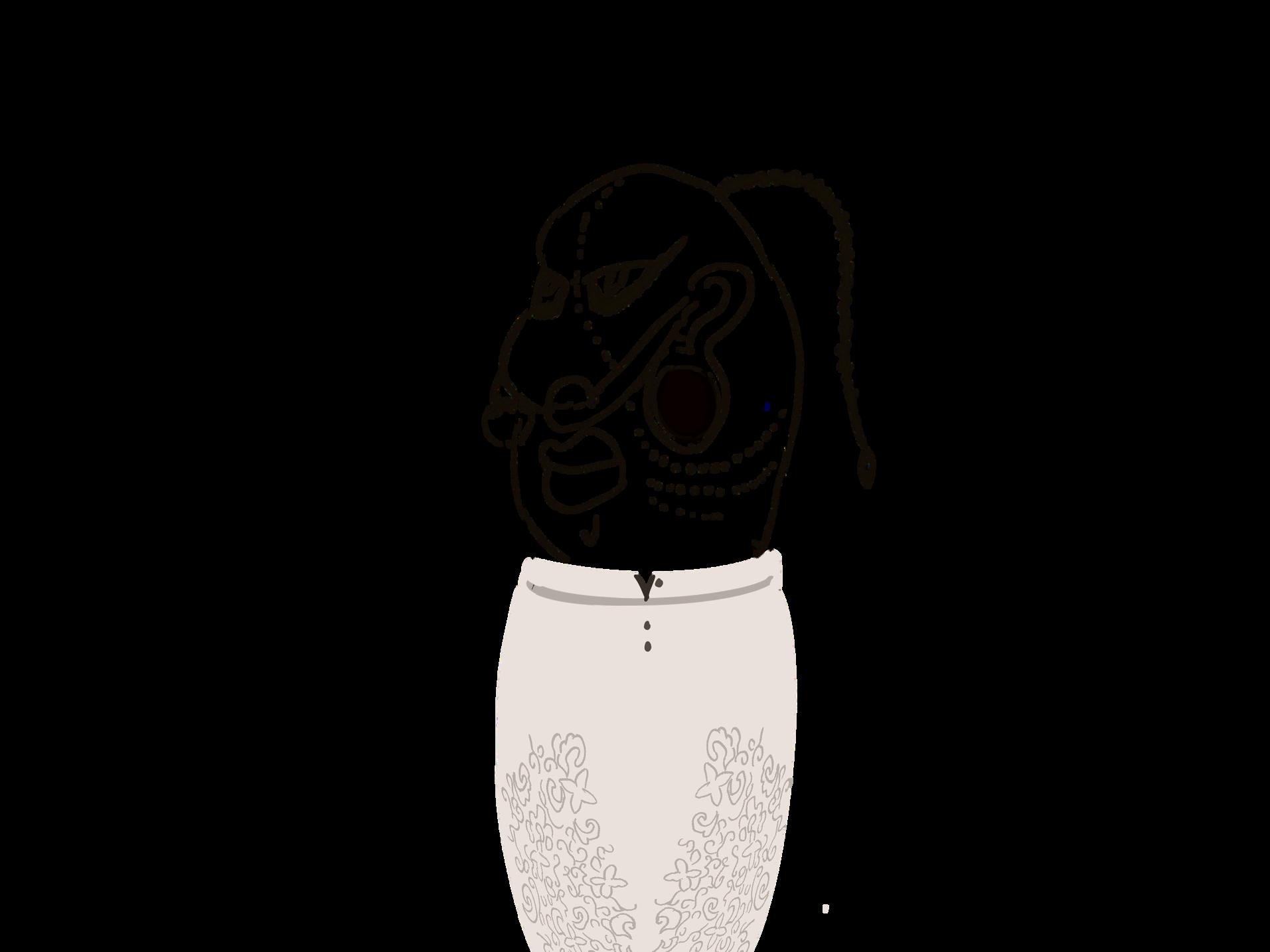



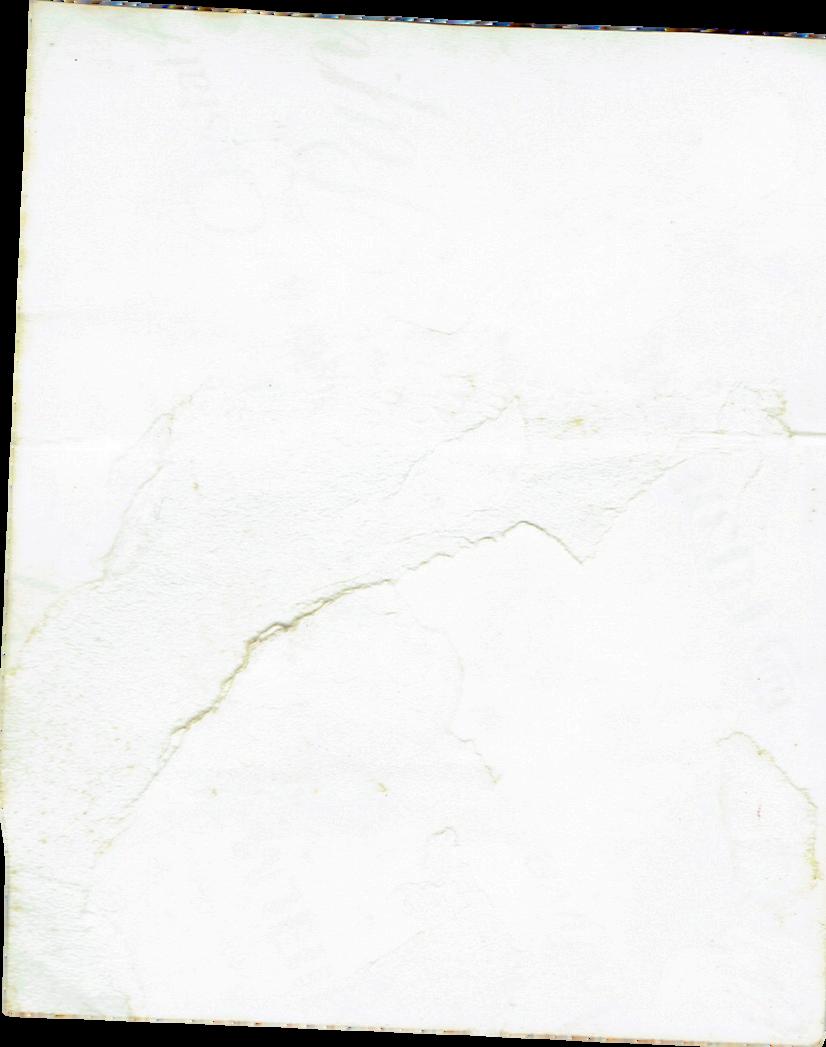
Z. Arifin, Personal Interview, December 1, 2024
https://bcaf.telkomuniversity.ac.id/12-motif-dangambar-batik-populer-asal-indonesia/
https://lampung.nu.or.id/literasi/mengenal-batiksejarah-fungsi-dan-hubungan-dengan-islam-nusantarahRF3s
https://www.thejakartapost.com/life/2019/11/29/exhibit ion-showcases-islamic-influences-on-batik.html
https://www.iwarebatik.org/batik-motif-list/ https://globalmamas.org/handcrafting/hand-batikedtextiles/history-african-batik/



